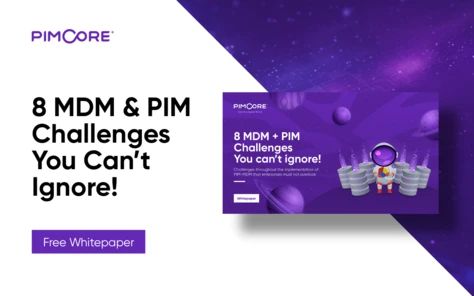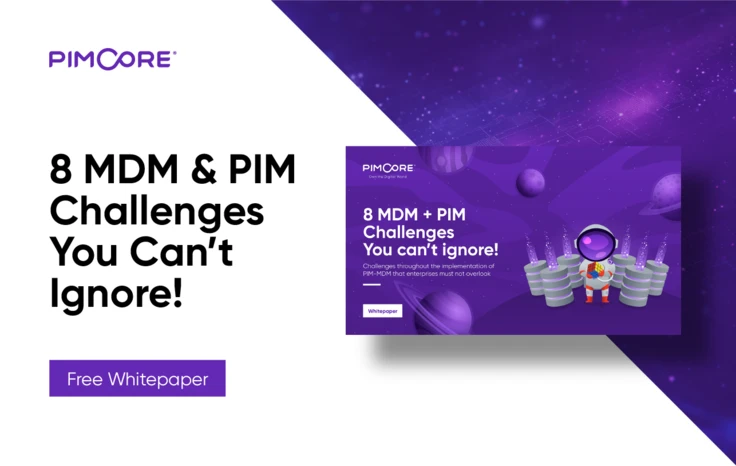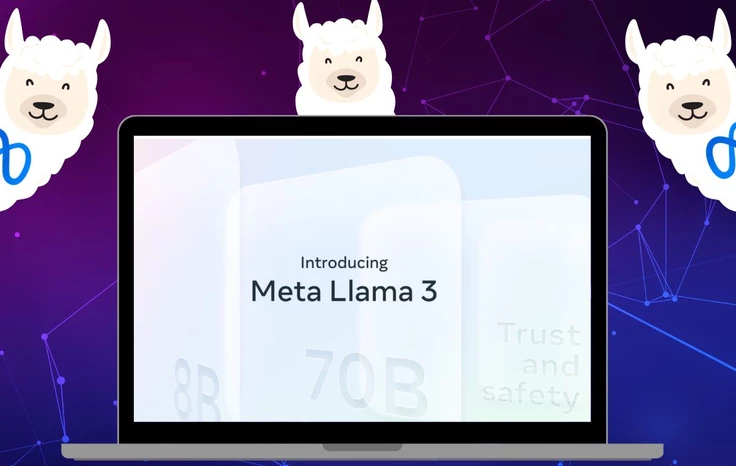Darktrace Acquired by Private Equity Firm Thoma Bravo in $5 Billion Deal
Open Source or Proprietary LLMs?

Large language models (LLMs) are transforming the way we interact with computers, but choosing the right type of LLM can be a complex decision. Open-source LLMs promote cost-effectiveness and community-driven innovation, allowing for extensive customization. However, they may involve higher setup costs, security risks, and a steeper learning curve. Proprietary LLMs often offer simplified use, commercial support, and more robust security, yet potentially limit flexibility and involve licensing fees. Understanding the tradeoffs between these two models is crucial for businesses and developers seeking to harness the power of LLMs.
Open Source LLMs
Open-source LLMs provide a high level of accessibility by providing code and underlying data that are freely available, empowering developers to customize these models for unique applications. Unlike proprietary models, open-source LLMs encourage community collaboration, fostering innovation and transparency. They eliminate hefty licensing fees and provide greater control over the model's behavior, addressing privacy concerns and potential biases. If you're interested in the cutting edge of AI development, exploring open-source LLMs is a must, although they have advantages and disadvantages that need to be considered in the final decision.
Advantages of open source LLMs:
-
Transparency: The code, architecture, training data, and parameters are available for inspection, allowing for greater scrutiny of potential biases, safety issues, capabilities and limitations. This transparency builds trust.
-
Collaboration: Open models allow researchers and developers worldwide to collaborate on improving the models, finding and fixing issues, and building on each other's work. This can accelerate progress.
-
Accessibility: Open models are freely available for anyone to use, adapt and build upon for their own applications. This lowers barriers to entry and enables a wider ecosystem of derivative works.
-
Reproducibility: Open models allow results to be independently reproduced and verified by other researchers. Proprietary models are often "black boxes."
Disadvantages and risks of open source LLMs:
-
Potential for misuse: Bad actors could use open models to generate disinformation, spam, propaganda, or other harmful content at scale. The accessibility is a double-edged sword.
-
Lack of oversight: Without a single entity overseeing the deployment and use cases of the model, it's harder to implement strong safeguards against misuse. Responsible oversight becomes distributed, with no centralized way to enforce standards of use.
-
Sustainability challenges: Developing and maintaining state-of-the-art open models requires substantial ongoing investment. Without a commercial model, it can be difficult to sustain this long-term.
-
Fragmentation: The open source ecosystem can become fragmented with many different forks, variants and configurations of models. This can create challenges for interoperability and standardization.
Proprietary LLMs
Proprietary LLMs are at the forefront of artificial intelligence, demonstrating remarkable abilities in language understanding and generation. Developed by tech giants like Google, Anthropic and OpenAI, these models are often trained on massive datasets and offer exceptional performance. While access may come with licensing fees, proprietary LLMs provide a streamlined user experience. You can easily integrate them into your projects via APIs, tapping into their power for tasks like content creation, translation, and customer service automation. These models benefit from continuous improvement by their developers, ensuring you're always working with the latest advancements, although they also have advantages and disadvantages that need to be considered.
Advantages of proprietary LLMs:
-
Potential for more curated training data: Proprietary models may have access to higher-quality, more carefully vetted datasets for training. However, the training data is typically not disclosed.
-
Controlled access: Commercial models can gate access to the full model, and decline to serve certain use cases. This allows for more centralized control and safety measures.
-
Sustainable business model: Proprietary models are backed by companies that can earn revenue to sustain long-term R&D and maintenance. The commercial incentive can drive faster progress.
-
Accountability: There is a clear responsible party that can be held accountable for model performance, outputs, and impacts. Issues can be escalated to and addressed by the corporate entity.
Disadvantages and risks of proprietary LLMs:
-
Lack of transparency: The inner workings are opaque to outside researchers and the public. We have to trust the company's assurances about the model's capabilities, limitations, and safety constraints.
-
Dependence on a single provider: Access to the model is contingent on the company continuing to make it available on amenable terms. The model could be changed or discontinued.
-
Potential misalignment with public interest: A company's incentives and goals may not always align with the broader social good. Models could optimize for engagement and profit over societal welfare.
-
Lack of recourse: If a proprietary model is behaving in harmful or concerning ways, outside parties have limited insight and ability to audit and pressure the company for change.
Determining Best Use Cases
Open source and proprietary large language models (LLMs) each have their own strengths and are suited for different use cases. Here are some of the best use cases for each:
Open Source LLMs:
-
Research and experimentation: Open source LLMs allow researchers and developers to study, modify, and improve the models, fostering innovation and advancing the field of natural language processing (NLP).
-
Customization and fine-tuning: Organizations can adapt open source LLMs to their specific needs by fine-tuning them on domain-specific data, enabling better performance for niche applications.
-
Cost-effective solutions: Open source LLMs can be more cost-effective for businesses and individuals who have the technical expertise to deploy and maintain the models themselves.
-
Transparency and trust: Open source LLMs provide transparency into the model architecture and training process, which can be important for building trust in applications where explainability is crucial, such as healthcare or legal domains.
Proprietary LLMs:
-
High-quality pre-training: Proprietary LLMs often benefit from extensive pre-training on large, diverse datasets, resulting in high-quality language understanding and generation capabilities out-of-the-box.
-
Ease of use: Proprietary LLMs are typically offered through user-friendly APIs or platforms, making it easier for developers to integrate them into their applications without needing deep expertise in NLP.
-
Scalability and reliability: Proprietary LLM providers often have robust infrastructure to ensure high availability, scalability, and reliability for production-grade applications.
-
Specialized capabilities: Some proprietary LLMs are designed for specific use cases, such as sentiment analysis, named entity recognition, or conversational AI, and may offer superior performance in those areas compared to general-purpose open source models.
-
Support and maintenance: Proprietary LLM providers often offer customer support, documentation, and ongoing maintenance, which can be valuable for businesses that require a stable and supported solution.
Ultimately, the choice between open source and proprietary LLMs depends on factors such as an organization's technical capabilities, budget, customization needs, the specific requirements of the application being developed and the organization's risk tolerance.
Open source LLMs have important benefits around transparency, accessibility, and collaborative progress, but come with risks around misuse and sustainability. Proprietary LLMs offer a path to well-resourced long-term development and more centralized oversight, but sacrifice transparency and are subject to corporate incentive structures. Both paradigms have important roles to play - openness is critical for trust and alignment with public interests, while private investment can accelerate development. Carefully designed mixed models and increased public-private cooperation may help balance the various considerations. Overall, thoughtful, nuanced, context-dependent evaluation is needed rather than a one-size-fits-all preference for either fully open or closed models. The goal should be leveraging the advantages of each paradigm while mitigating their respective risks in order to develop ever-more capable and beneficial LLMs.
























